Van der Graaf Generator. They were an older brother’s band when I was a teenager. A bit grown-up and difficult. They weren’t just a band; they were an experience. Even for my contemporary prog lovers at school, they were often regarded as “too hard,” and you couldn’t invite a girl around and put one of their intense records on. They were a passion killer, unless you were lucky.
Emerging from the fertile grounds of the late 1960s UK progressive rock scene, they carved a unique niche for themselves. Forget pastoral melodies and fantastical narratives you found in fellow Charisma acts, VdGG delved into the darker corners of the human psyche, exploring themes of alienation, mortality, and existential angst with a raw, intellectual ferocity. No, they didn’t have hits and you couldn’t dance to them.
At the heart of their sound was the unmistakable presence of Peter Hammill. He was well regarded and often quoted in the press, I recall. His powerful, vibrato-laden vocals, often delivered with dramatic urgency, were the focal point. His lyrics, dense and poetic, were far removed from typical rock fare, demanding attention and introspection. This was A Level stuff. Serious.
Musically, VdGG was equally distinctive. Eschewing the traditional guitar-heavy lineup of many of their contemporaries, their core instrumentation often featured Hugh Banton's swirling and often dissonant organ work, Guy Evans's dynamic and unconventional drumming, and Nic Potter's (and later Paul Riddles's) grounding basslines. David Jackson's saxophone and flute playing added a crucial element, ranging from melodic counterpoints to wild, free-jazz-inspired improvisations, contributing significantly to their often chaotic yet meticulously crafted soundscapes.
Their albums, such as the oddly titled "H to He, Who Am the Only One," "Pawn Hearts," and "Still Life," are considered cornerstones of progressive rock, though they often defied easy categorization even within that genre. So prog, they maybe weren’t prog. Their music was characterized by complex arrangements, abrupt shifts in dynamics, and a palpable sense of tension and release. They weren't about catchy hooks or sing-along choruses; VdGG demanded active listening with a frown and offered a challenging yet ultimately rewarding sonic journey. Their “Theme One” was used for The Friday Rock Show for years. It was the programme’s outro wasn’t it?
Despite critical acclaim and a dedicated cult following who still love them all these years later, mainstream success largely eluded them. Their intense and often uncompromising sound wasn't designed for mass consumption. The band went through several incarnations and periods of inactivity, further contributing to their enigmatic status and they were given the freedom to explore their vision.
“World Record” their penultimate album was unflinchingly dense with a 20-minute track on side 2 called Meurgley’s III. The Songwriters Guild. More a short story than a song.Their final studio album The Quiet Zone saw them being more new wave with shorter songs.
However, their influence on subsequent generations of musicians, particularly those exploring darker and more experimental territories, is undeniable. Van der Graaf Generator remains a testament to the power of artistic vision and the courage to forge one's own path, creating a body of work that continues to fascinate and provoke listeners decades later. They were, and remain, a singular force in the landscape of rock music.
They had a couple of top 20 albums in the always prog friendly Italy but the second The Least We Can Do Is Wave To Each Other is the UK’s best seller, making #47 in 1970. From 1969-1977 they released record after record but never got more commercial. However when they got back together in the 2000’s and started recording again, there was still an audience for them and they have continued to influence, despite being unfashionable.
Sidebar
They continue to influence, despite being unfashionable...




